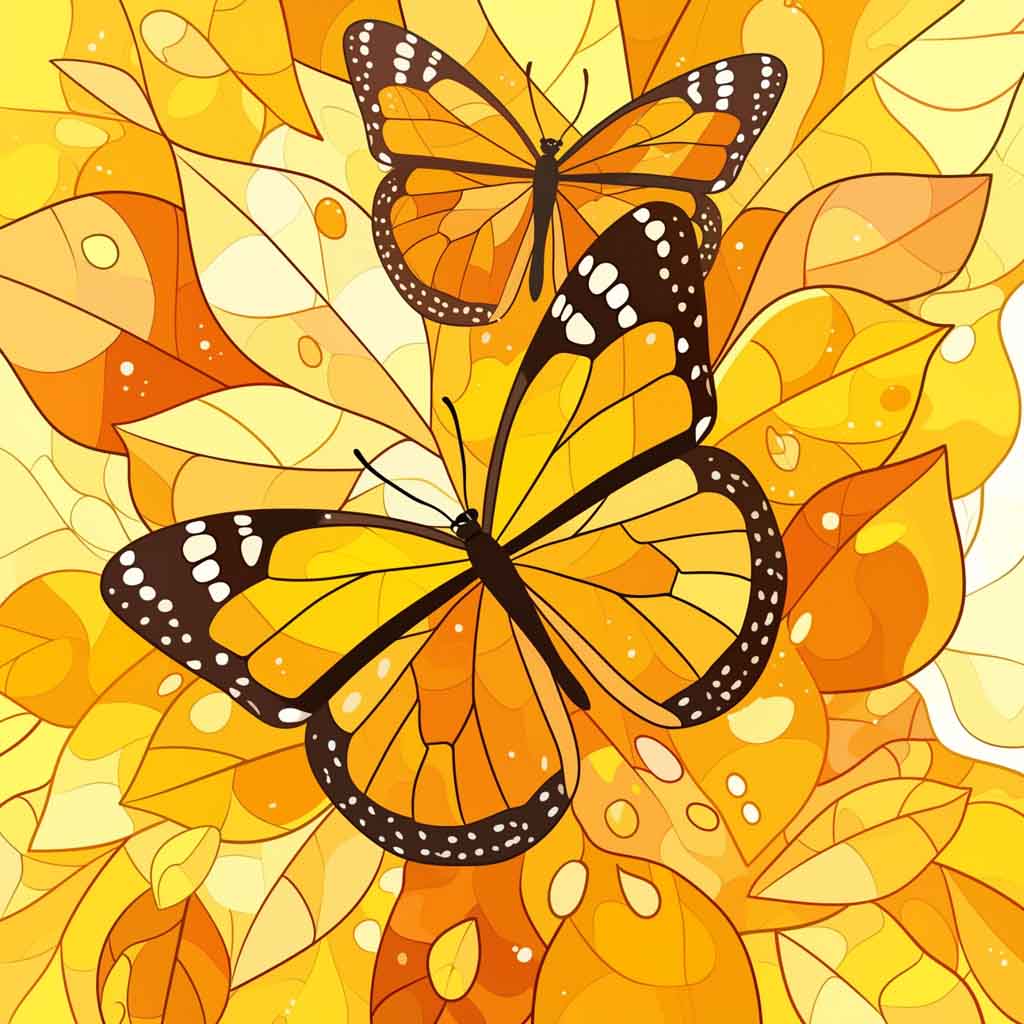Welcome to the vibrant world of our monarch butterfly coloring pages! These pages celebrate the beauty and grace of one of nature’s most recognizable butterflies. Whether you’re a budding naturalist, experienced artist, or just seeking relaxation, our monarch butterfly coloring pages are perfect for you. This set lets you enjoy your creativity while admiring the intricate patterns and vivid colors of these delicate creatures.
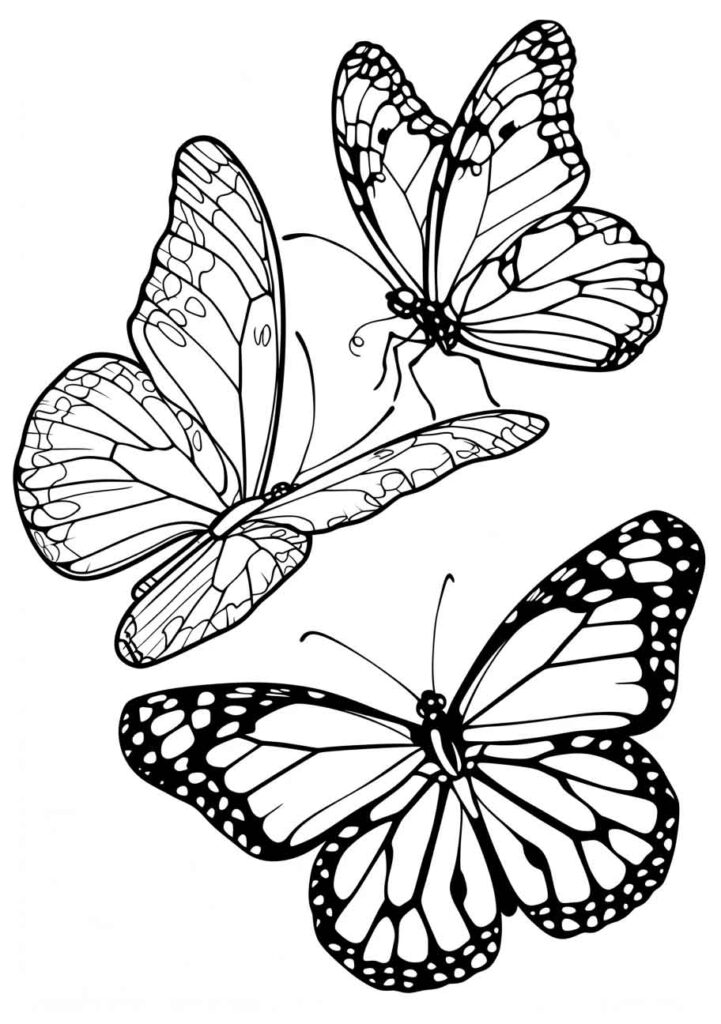
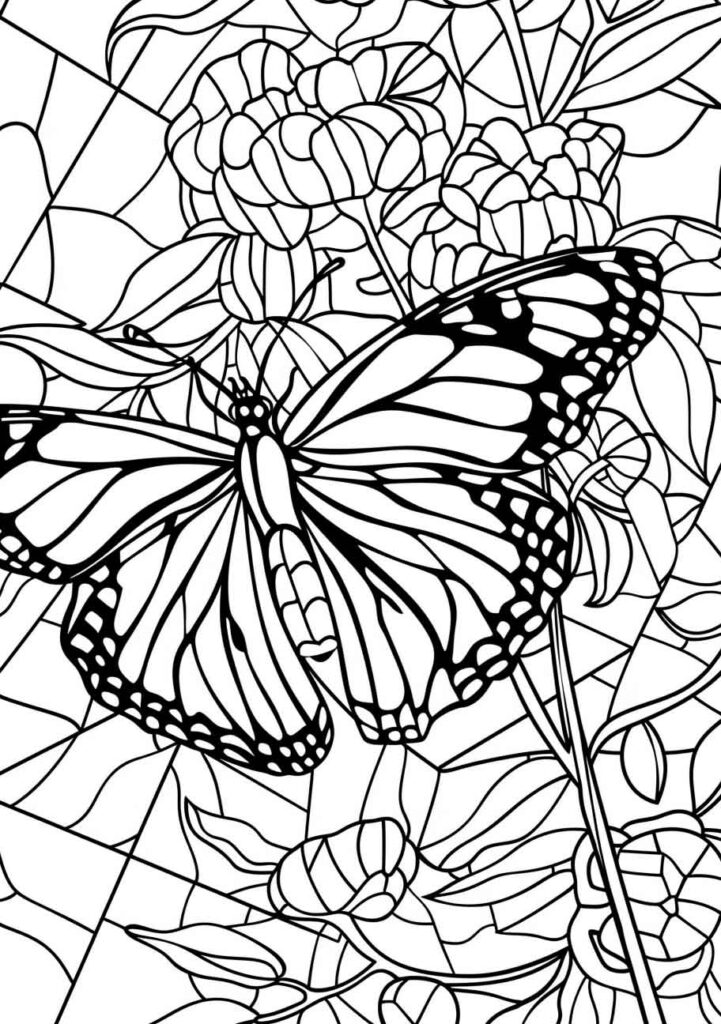
Monarch butterflies are famed for their striking orange and black wing patterns and their incredible journey across North America. Our coloring pages are designed to reflect the exquisite details of their wings. Each page features different poses and settings, from close-up wing patterns to scenes of monarchs fluttering in a meadow or resting during their migration.

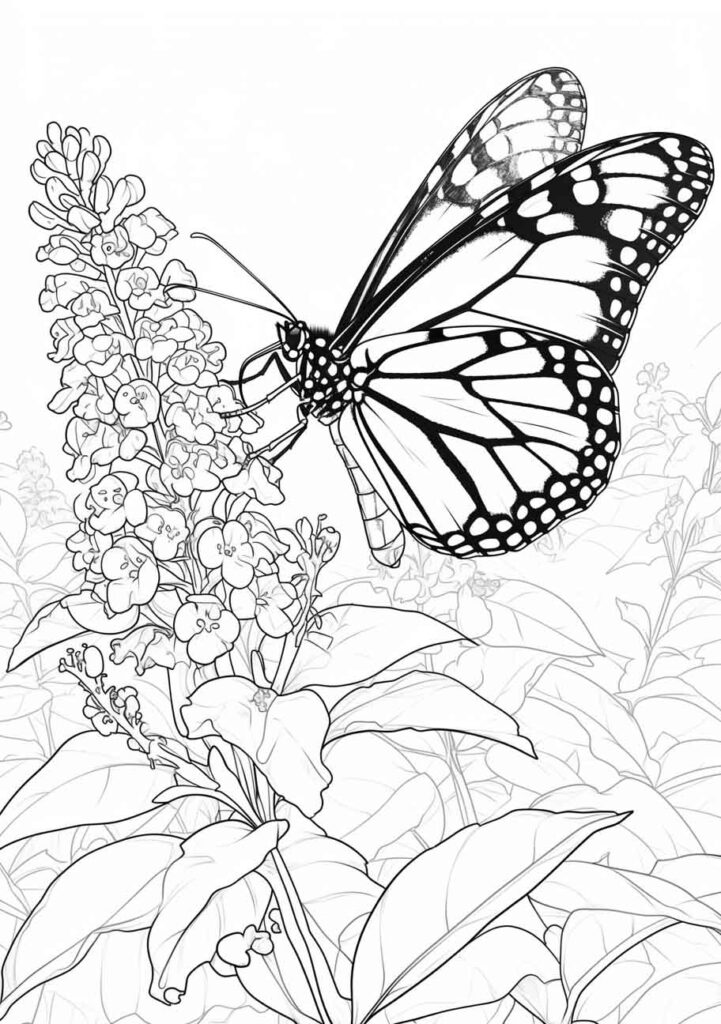
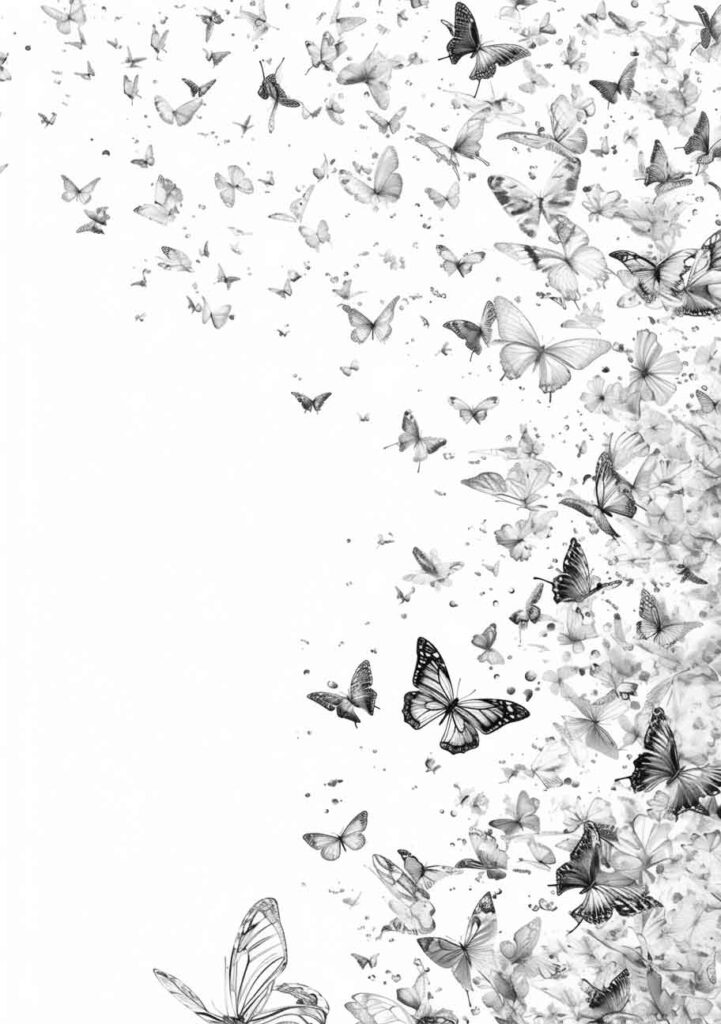
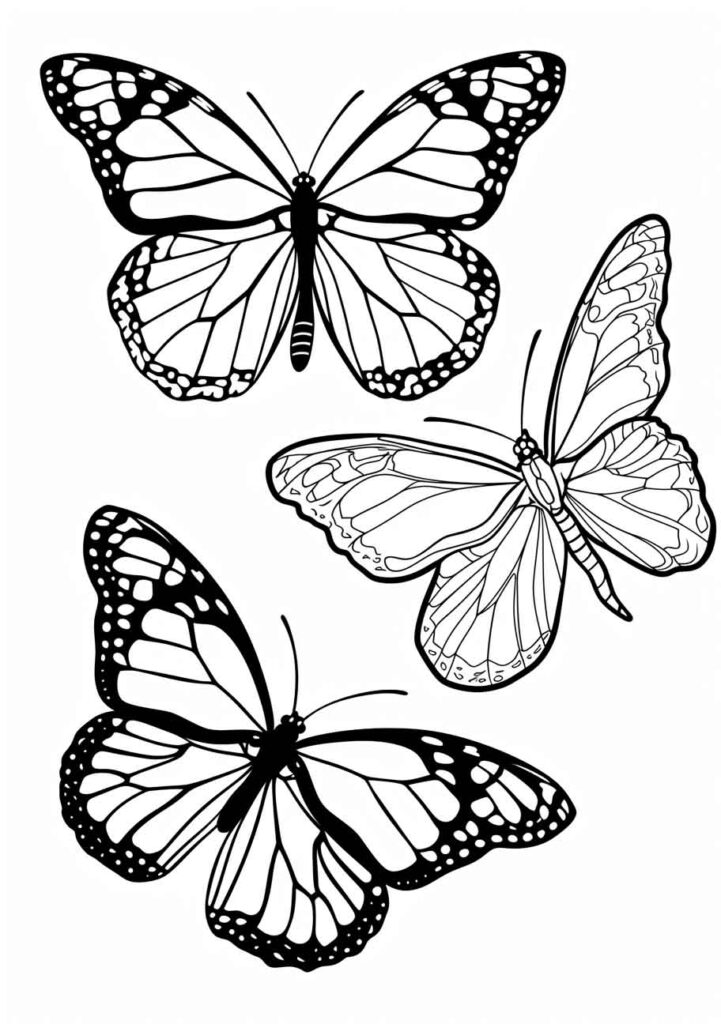
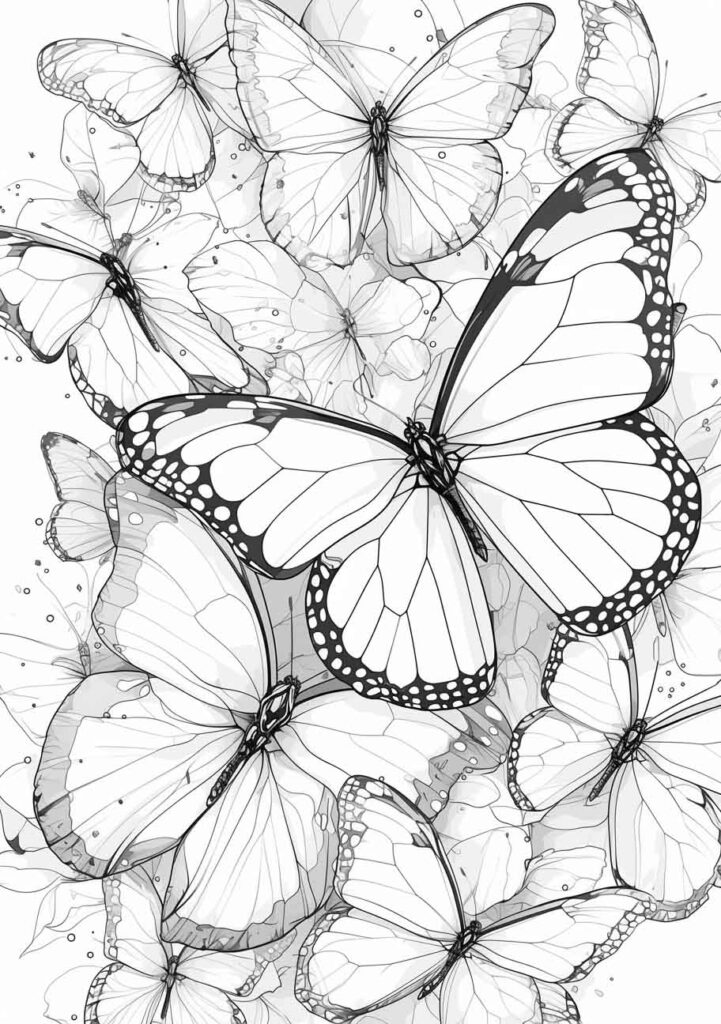
Monarch Butterfly Coloring Pages
Coloring these pages is not only a soothing activity but also an educational experience. As you color, learn about the monarch butterfly’s life cycle, from egg to migrating butterfly. Our collection suits teachers and parents. It raises awareness about these insects, threatened by habitat loss and climate change.
Monarch butterfly coloring pages are ideal for anyone who loves nature, wildlife, and creative expression. They provide a moment of calm and a break from the digital world, allowing you to immerse yourself in the simple joy of coloring. So grab your colored pencils or markers, and start bringing these stunning monarch butterflies to life!
Talking About the Body
When creating a monarch butterfly coloring page that educates children about the parts of an insect, it’s helpful to provide a clear and simple outline with labels. Here’s how you might describe each part for a child to understand as they color:
- Head: The front part of the insect, which includes the eyes, antennae, and mouthparts. The head is where the insect senses its environment and consumes food.
- Antennae: These are long, thin structures on the head that insects use to touch and smell their surroundings, helping them find food and navigate.
- Eyes: Insects may have compound eyes (made up of many small lenses) or simple eyes, which help them see. The eyes are usually prominent and located on the head.
- Thorax: The middle section of the insect’s body, to which the legs and wings are attached. This part helps with movement.
- Legs: Insects have three pairs of legs (six in total), which are attached to the thorax. Legs can be used for walking, jumping, or even swimming.
- Wings (if applicable): Some insects have one or two pairs of wings attached to the thorax. Wings help insects fly and can be of different shapes and sizes.
- Abdomen: The back part of the insect, often segmented and flexible. The abdomen houses important internal organs like the heart, digestive system, and reproductive organs.
- Spiracles: Small openings along the sides of the abdomen used for breathing. They connect to a network of air tubes that deliver oxygen throughout the body.
Including these descriptions as labels on your monarch butterfly coloring pages not only makes the activity educational but also interactive, helping children learn about insect anatomy in a fun and engaging way.
